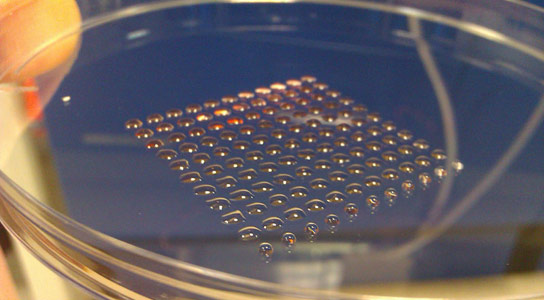
Printed human organs for testing and transplantation. Credit: Heriot-Watt University
Researchers from Heriot-Watt University, in partnership with Roslin Cellab, have developed a 3D printing process that is the first to print embryonic cell cultures, allowing them to create more accurate human tissue models that are essential to in vitro drug development and toxicity testing.
A specialized 3D printing process, using human stem cells, could pave the way to purpose-built replacement organs for patients, eliminating the need for organ donation, immune suppression, and the problem of transplant rejection.
The process, developed at Heriot-Watt University, in partnership with Roslin Cellab, takes advantage of the fact that stem cells can now be grown in laboratory conditions from established cell lines, could also speed up and improve the process of drug testing by growing three-dimensional human tissues and structures for pharmaceuticals to be tested on.
New valve-based technique
A range of human stem cell cultures can now be grown, generation after generation, in laboratory conditions. Those cultures developed from cells from areas like bone marrow or skin are hardier but less flexible than those developed from embryonic material. While 3D printing of the tougher cell cultures has been achieved before, the new valve-based technique developed by Dr. Will Shu and his colleagues at Heriot-Watt’s Biomedical Microengineering group are the first to print the more delicate embryonic cell cultures, which have an ability to replicate indefinitely and differentiate into almost any cell type in the human body.
Dr. Shu said, “To the best of our knowledge, this is the first time that these cells have been 3D printed. The technique will allow us to create more accurate human tissue models which are essential to in vitro drug development and toxicity testing. Since the majority of drug discovery is targeting human disease, it makes sense to use human tissues.
“In the longer term, we envisage the technology being further developed to create viable 3D organs for medical implantation from a patient’s own cells, eliminating the need for organ donation, immune suppression, and the problem of transplant rejection.”
Dr. Shu’s team is working with Roslin Cellab, a leading stem cell technology company. The company has a good track record of applying new technologies to human stem cell systems and will take the lead in developing 3D stem cell printing for commercial uses. Initially, this will be in the areas of novel drug-testing products but in the longer term there is the goal of growing purpose-built replacement organs.
Valuable long-term implications
Jason King, business development manager of Roslin Cellab, said, “This world-first printing of human embryonic stem cell cultures is a continuation of our productive partnership with Heriot-Watt. Normally laboratory-grown cells grow in 2D but some cell types have been printed in 3D. However, up to now, human stem cell cultures have been too sensitive to manipulate in this way.
“This is a scientific development which we hope and believe will have immensely valuable long-term implications for reliable, animal-free drug-testing and, in the longer term to provide organs for transplant on demand, without the need for donation and without the problems of immune suppression and potential organ rejection.”
Reference: “Development of a valve-based cell printer for the formation of human embryonic stem cell spheroid aggregates” by Alan Faulkner-Jones, Sebastian Greenhough, Jason A King, John Gardner, Aidan Courtney and Wenmiao Shu, 4 February 2013, Biofabrication.
DOI: 10.1088/1758-5082/5/1/015013

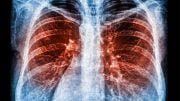

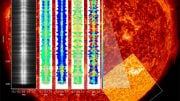


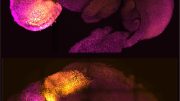
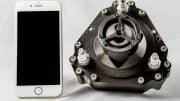
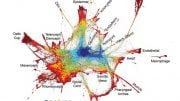
Be the first to comment on "3D Printing of Human Embryonic Stem Cell Cultures"